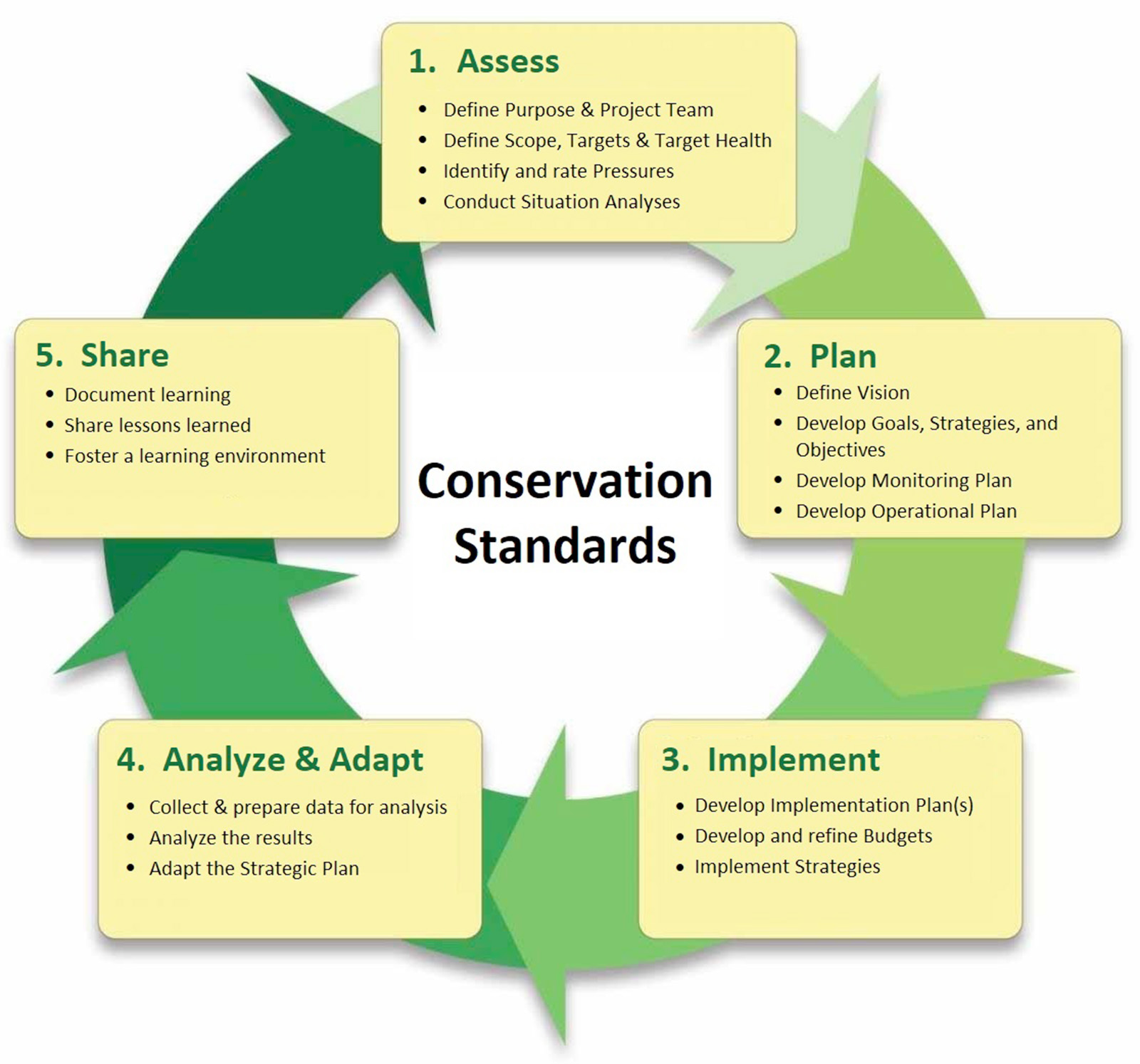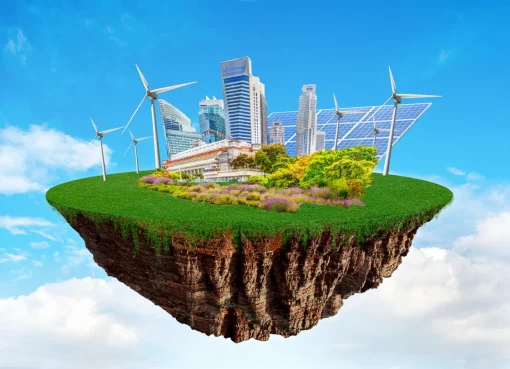Conservation Strategies: Preserving Our Natural Heritage

Conservation strategies play a crucial role in safeguarding our planet’s biodiversity and ecosystems for future generations. In the face of mounting environmental challenges, it’s imperative to adopt effective strategies to protect and preserve our natural heritage.
Understanding Conservation
Definition and Scope
Conservation refers to the sustainable management and protection of natural resources, including wildlife, forests, oceans, and freshwater ecosystems. It aims to maintain ecological balance, prevent habitat destruction, and ensure the long-term viability of ecosystems.
Goals and Objectives
The primary goals of conservation are to conserve biodiversity, protect endangered species, and restore degraded ecosystems. Conservation efforts seek to balance human needs with the preservation of natural habitats and ecosystem services.
Types of Conservation Strategies
Habitat Conservation
Habitat conservation focuses on preserving and restoring critical habitats for wildlife and plant species. This includes establishing protected areas, implementing habitat restoration projects, and managing land use to minimize habitat fragmentation.
Species Conservation
Species conservation aims to protect endangered and threatened species from extinction by implementing measures such as habitat protection, captive breeding programs, and anti-poaching initiatives. It requires targeted conservation efforts tailored to the specific needs of each species.
Ecosystem Restoration
Ecosystem restoration involves repairing and revitalizing degraded ecosystems through measures such as reforestation, wetland restoration, and coral reef rehabilitation. Restoration projects aim to enhance biodiversity, improve ecosystem function, and promote resilience to environmental change.
Factors Affecting Conservation
Human Activities
Human activities such as deforestation, urbanization, and overexploitation of natural resources are major drivers of biodiversity loss and habitat destruction. Addressing these threats requires sustainable development practices and responsible resource management.
Climate Change
Climate change poses a significant threat to conservation efforts, altering ecosystems, disrupting species distributions, and increasing the frequency of extreme weather events. Mitigating climate change and building resilience to its impacts are essential for effective conservation.
Loss of Biodiversity
The loss of biodiversity, driven by habitat destruction, invasive species, and pollution, undermines ecosystem stability and resilience. Conservation strategies aim to halt biodiversity loss and protect the genetic diversity of species to ensure their long-term survival.
Effective Conservation Strategies
Protected Areas
Protected areas such as national parks, wildlife reserves, and marine sanctuaries are vital for conserving biodiversity and ecosystem services. They provide safe havens for wildlife, regulate human activities, and promote sustainable use of natural resources.
Sustainable Land Management
Sustainable land management practices, including agroforestry, rotational grazing, and watershed management, help preserve soil fertility, prevent erosion, and maintain ecosystem health. They support both conservation objectives and livelihoods for local communities.
Community-Based Conservation
Community-based conservation initiatives empower local communities to participate in conservation decision-making and benefit directly from conservation efforts. This approach fosters stewardship of natural resources and promotes sustainable livelihoods while conserving biodiversity.
Challenges in Conservation
Funding Constraints
Limited funding for conservation projects poses a significant challenge, particularly in developing countries where resources are scarce. Securing adequate funding from governments, donors, and private sector partners is essential for scaling up conservation efforts.
Political Will
Political will and commitment to conservation goals are often lacking, leading to inadequate enforcement of environmental laws and weak protection of natural areas. Advocacy and public pressure are needed to hold governments accountable for their conservation commitments.
Conflicts with Development
Conservation efforts may conflict with development priorities such as infrastructure projects, agriculture expansion, and extractive industries. Balancing conservation objectives with economic development goals requires careful planning and stakeholder engagement.
The Role of Technology in Conservation
Remote Sensing
Remote sensing technologies, including satellite imagery and drones, provide valuable data for monitoring land use changes, habitat loss, and biodiversity trends. They enable conservationists to assess the impact of human activities and prioritize conservation interventions.
GIS Mapping
Geographic Information System (GIS) mapping allows conservationists to visualize spatial data, analyze habitat connectivity, and identify priority conservation areas. GIS tools support decision-making processes and facilitate landscape-scale conservation planning.
Conservation Drones
Conservation drones offer a cost-effective and non-invasive means of monitoring wildlife populations, conducting aerial surveys, and detecting illegal activities such as poaching and deforestation. They enhance the efficiency and effectiveness of conservation efforts in remote and inaccessible areas.
Community Involvement in Conservation
Indigenous Knowledge
Indigenous communities possess traditional knowledge and practices that are invaluable for conservation planning and natural resource management. Engaging with indigenous peoples and respecting their rights is essential for effective and culturally sensitive conservation.
Citizen Science
Citizen science initiatives engage volunteers in data collection, monitoring, and research activities to support conservation efforts. Citizen scientists contribute valuable observations and data that enhance our understanding of biodiversity and ecosystem dynamics.
Environmental Education
Environmental education programs raise awareness about conservation issues, promote sustainable behaviours, and inspire future generations to become stewards of the environment. By educating and empowering individuals, environmental education fosters a culture of conservation and sustainability.
Conclusion
Conservation strategies are essential for protecting and preserving our planet’s natural heritage in the face of escalating environmental threats. By adopting effective conservation measures, harnessing technology, engaging communities, and addressing challenges, we can ensure a sustainable future for biodiversity and ecosystems.



Leave a Comment